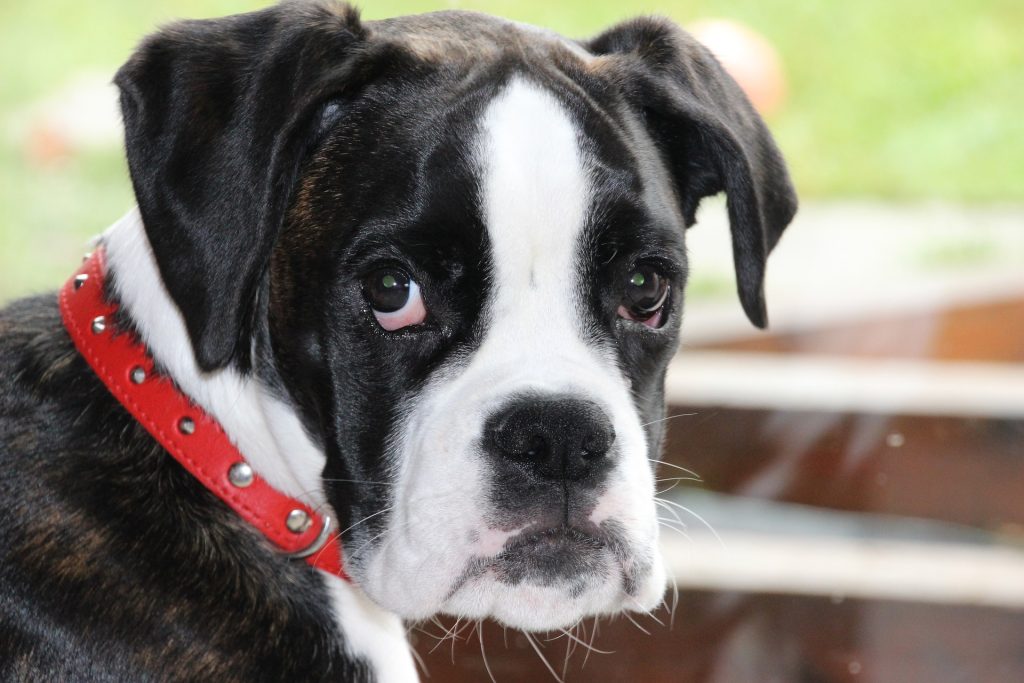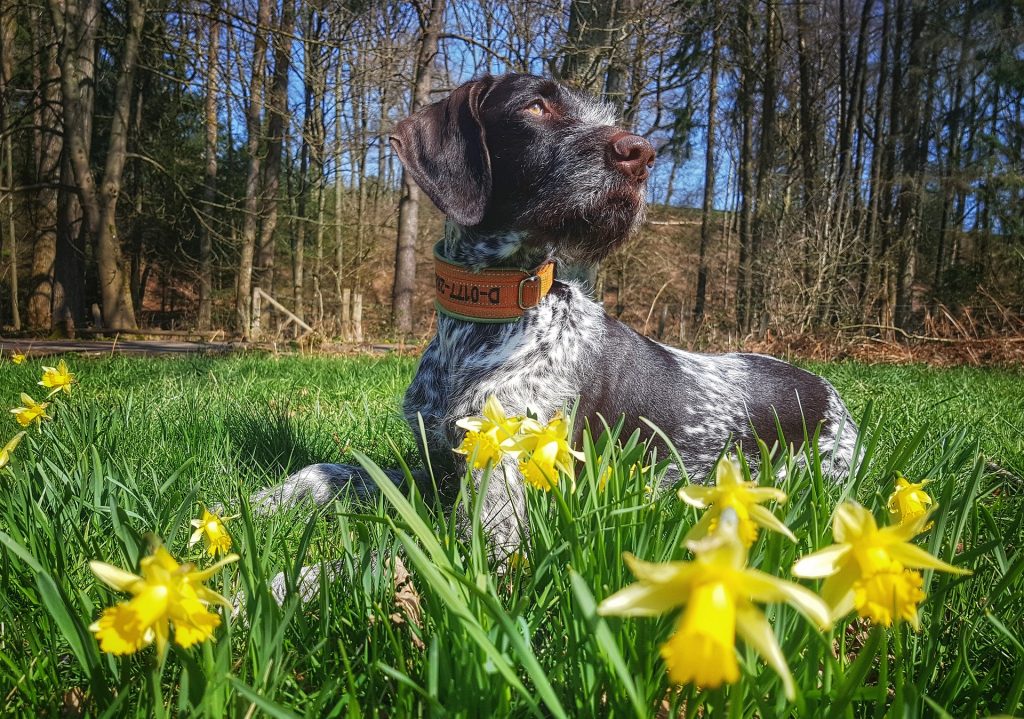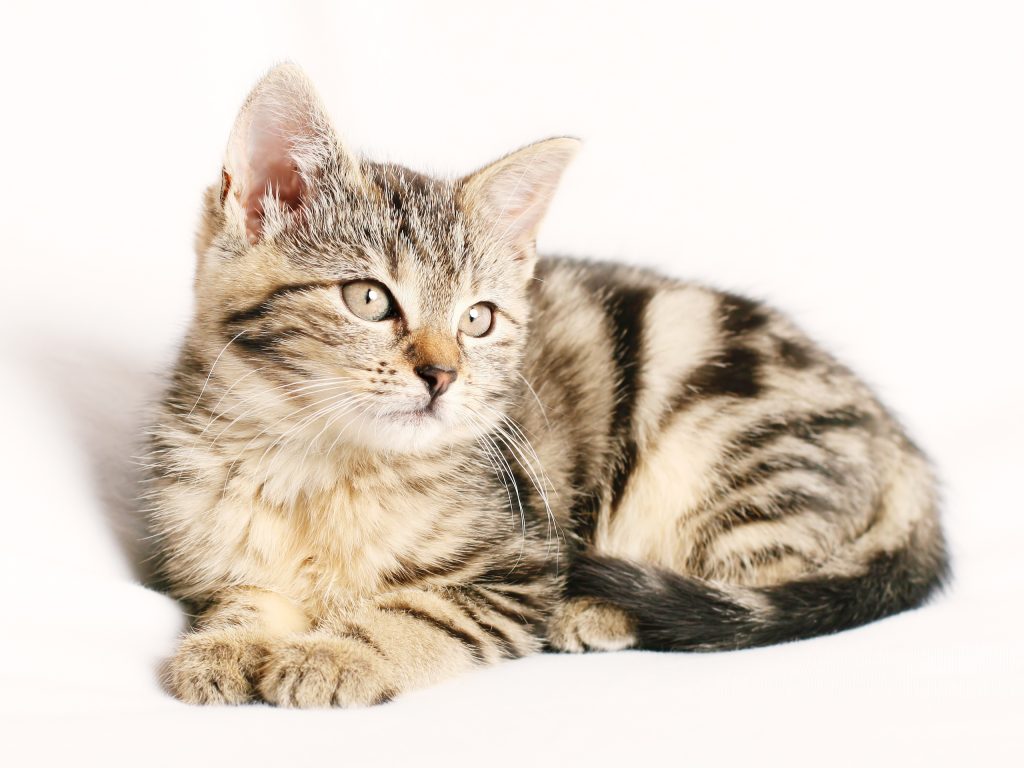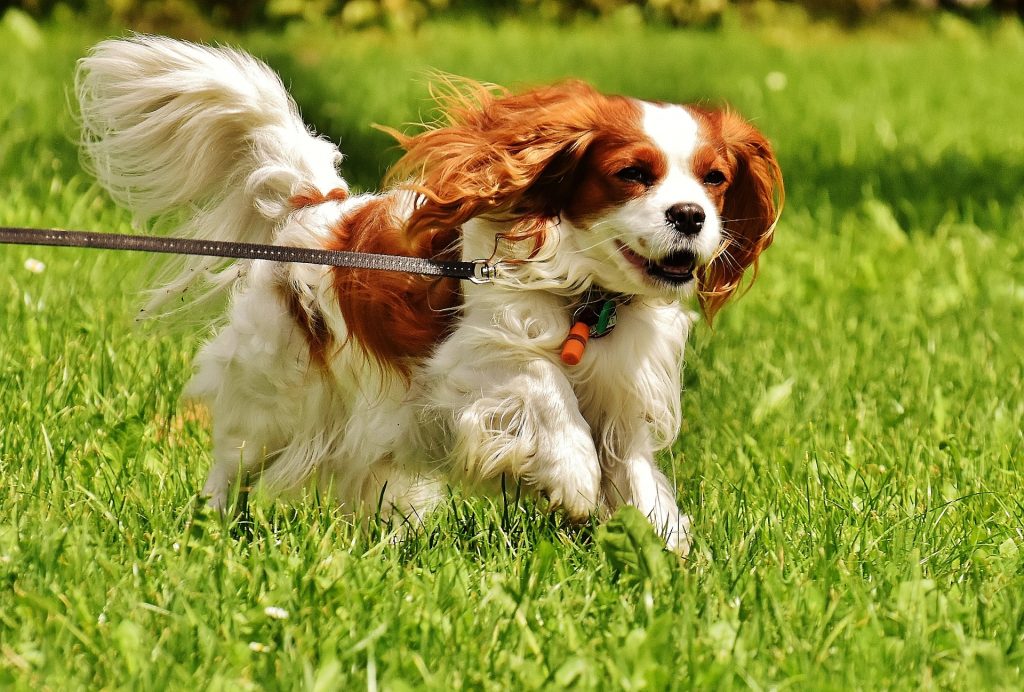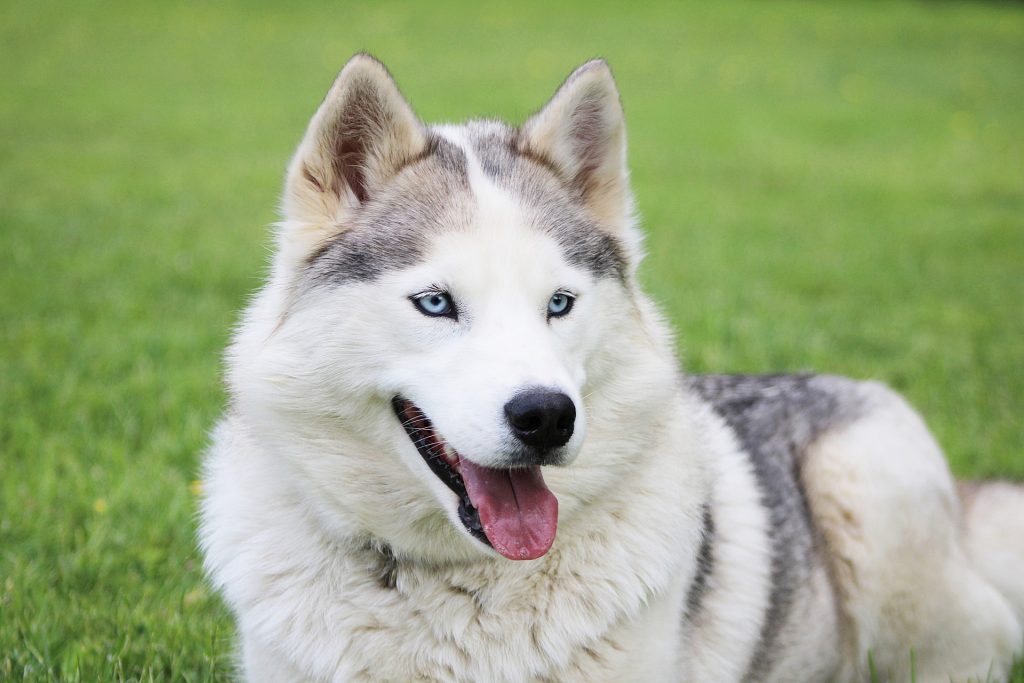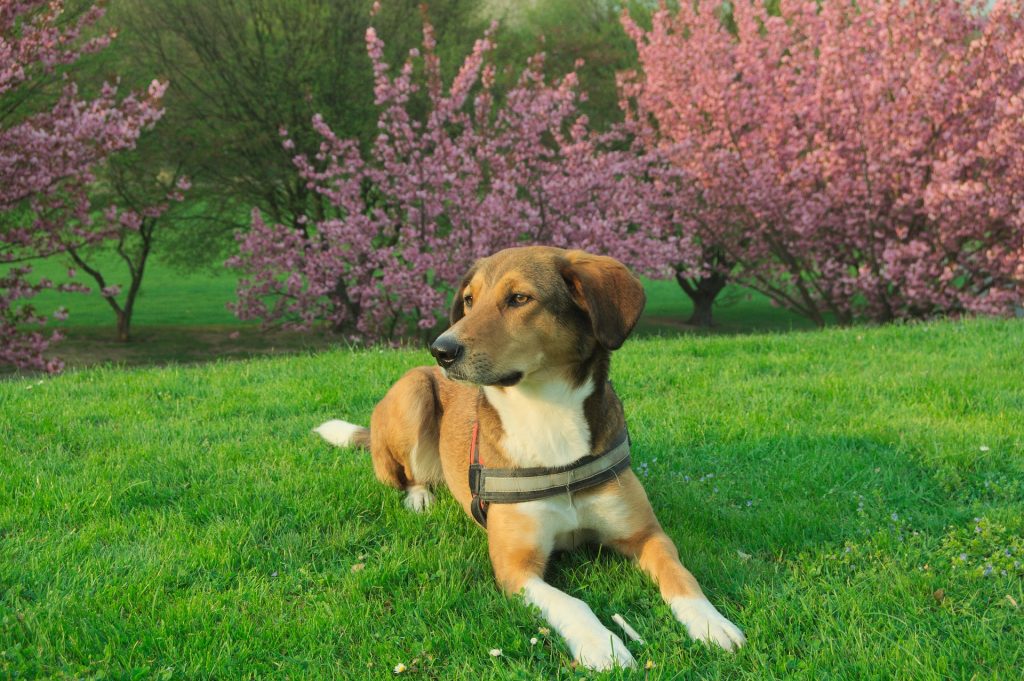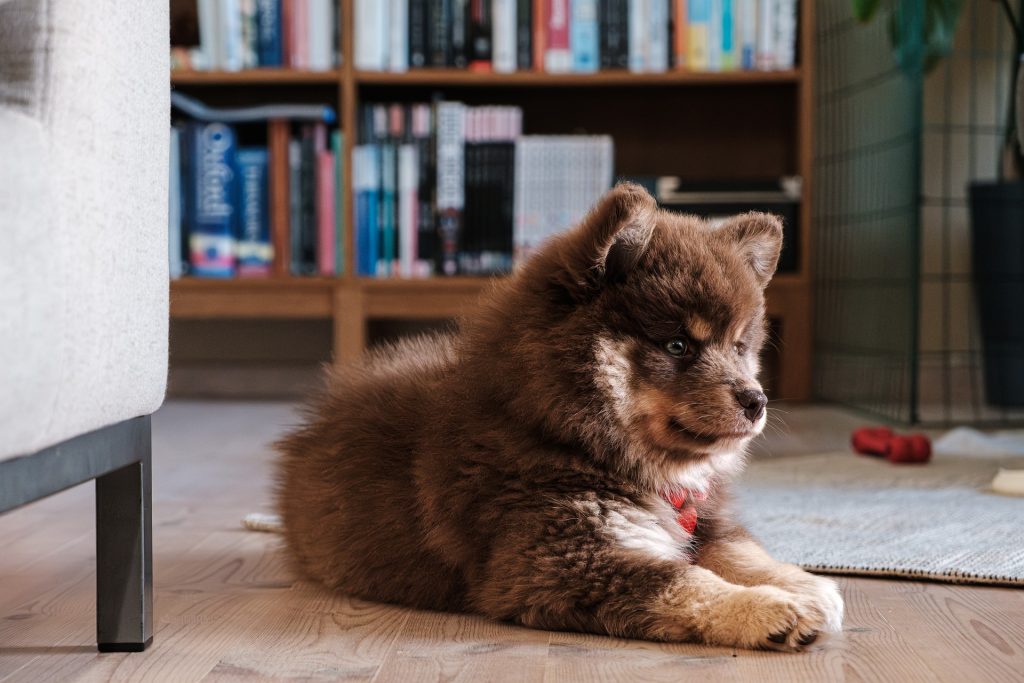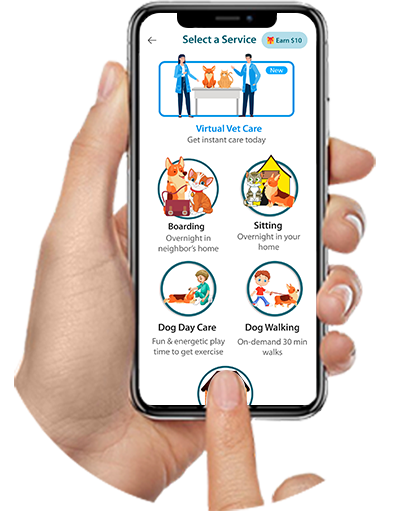Hypothyroidism in cats is a relatively rare endocrine disorder characterized by an underactive thyroid gland. The thyroid gland, located in the neck, plays a crucial role in regulating metabolism through the production of thyroid hormones, primarily thyroxine (T4) and triiodothyronine (T3). These hormones are essential for maintaining normal metabolic processes, including growth, energy levels, and overall bodily functions. When the thyroid gland fails to produce adequate amounts of these hormones, it leads to hypothyroidism, which can have a range of systemic effects on a cat’s health.
Symptoms of Hyper Thyrodism in Cats:
Identifying hypothyroidism in cats can be challenging, as the symptoms often overlap with those of other conditions and can be subtle. Common signs of hypothyroidism in cats include:
- Weight Gain: Despite a reduced or normal appetite, affected cats may experience unexplained weight gain due to a slowed metabolism.
- Lethargy: Cats with hypothyroidism may exhibit decreased energy levels and increased sleepiness or inactivity.
- Poor Coat Condition: Affected cats may have a dull, brittle coat, or experience hair loss and dry skin due to decreased metabolic activity affecting skin health.
- Cold Sensitivity: Hypothyroid cats may be more sensitive to cold temperatures, displaying behaviors such as seeking warmth or curling up more often.
- Constipation: Reduced thyroid hormone levels can slow down digestive processes, leading to constipation or irregular bowel movements.
- Behavioral Changes: Changes in behavior, including irritability or withdrawal, can occur as a result of the metabolic imbalances caused by hypothyroidism.
Causes of Hyper Thyrodism in Cats:
While hypothyroidism is uncommon in cats compared to dogs, it can still occur due to several underlying causes:
- Autoimmune Thyroiditis
Autoimmune thyroiditis is one of the few primary causes of hypothyroidism in cats. In this condition, the cat’s immune system mistakenly attacks and destroys the thyroid gland tissue, leading to a decrease in hormone production. This type of hypothyroidism is less common in cats than in dogs but represents a significant cause when it does occur.
- Thyroidectomy
Surgical removal of the thyroid gland, or part of it, is sometimes performed in cats with hyperthyroidism (an overactive thyroid condition). If the entire gland is removed or if there is significant damage to the remaining thyroid tissue, the cat can develop hypothyroidism as a result of reduced hormone production.
- Iodine Deficiency
Iodine is an essential component of thyroid hormones. Although iodine deficiency is rare in modern pet food, it can still contribute to hypothyroidism if a cat’s diet lacks adequate iodine or if there are issues with the metabolism of iodine.
- Thyroid Tumors
In rare cases, thyroid tumors or other neoplastic conditions affecting the thyroid gland can lead to hypothyroidism. These tumors might interfere with normal thyroid function or hormone production.
- Genetic Factors
Genetic predisposition to thyroid disorders is less well-documented in cats compared to dogs, but genetic factors could potentially play a role in some cases of hypothyroidism
Treatment Advice
Treatment for hypothyroidism in cats focuses on restoring normal thyroid hormone levels and managing the symptoms:
- Thyroid Hormone Replacement: The primary treatment for hypothyroidism in cats is thyroid hormone replacement therapy. This involves administering synthetic thyroid hormone (levothyroxine) in the form of oral tablets or topical ointments. Regular monitoring of hormone levels is necessary to adjust the dosage and ensure effectiveness.
- Dietary Management: In cases where iodine deficiency or dietary issues are contributing to hypothyroidism, adjustments to the cat’s diet may be necessary. However, such cases are rare, and most cats with hypothyroidism will benefit primarily from hormone replacement therapy.
- Regular Monitoring: Regular veterinary follow-ups are essential to monitor the cat’s response to treatment, adjust medication dosages, and check for any potential side effects.
Preventative Measures
- Veterinary Examination: A thorough physical examination by a veterinarian, including assessing the cat’s coat condition and body condition, is the first step. The vet will also consider the cat’s history and clinical signs.
- Blood Tests: Blood tests are essential for diagnosing hypothyroidism. These tests typically measure levels of thyroid hormones (T4 and T3) and thyroid-stimulating hormone (TSH). In hypothyroid cats, T4 levels are often low, while TSH may be elevated if the condition is primary.
- Additional Testing: If primary hypothyroidism is suspected, further tests, including thyroid scintigraphy or ultrasound, may be used to evaluate the thyroid gland’s structure and function.
Conclusion
Hypothyroidism in cats, though relatively rare compared to other endocrine disorders, requires careful attention and management. By understanding the causes, recognizing the symptoms, and seeking timely veterinary care, cat owners can ensure that their feline companions receive the appropriate treatment and maintain a good quality of life. Early diagnosis and effective management of hypothyroidism can help mitigate the impact of this condition and support the overall health and well-being of affected cats.


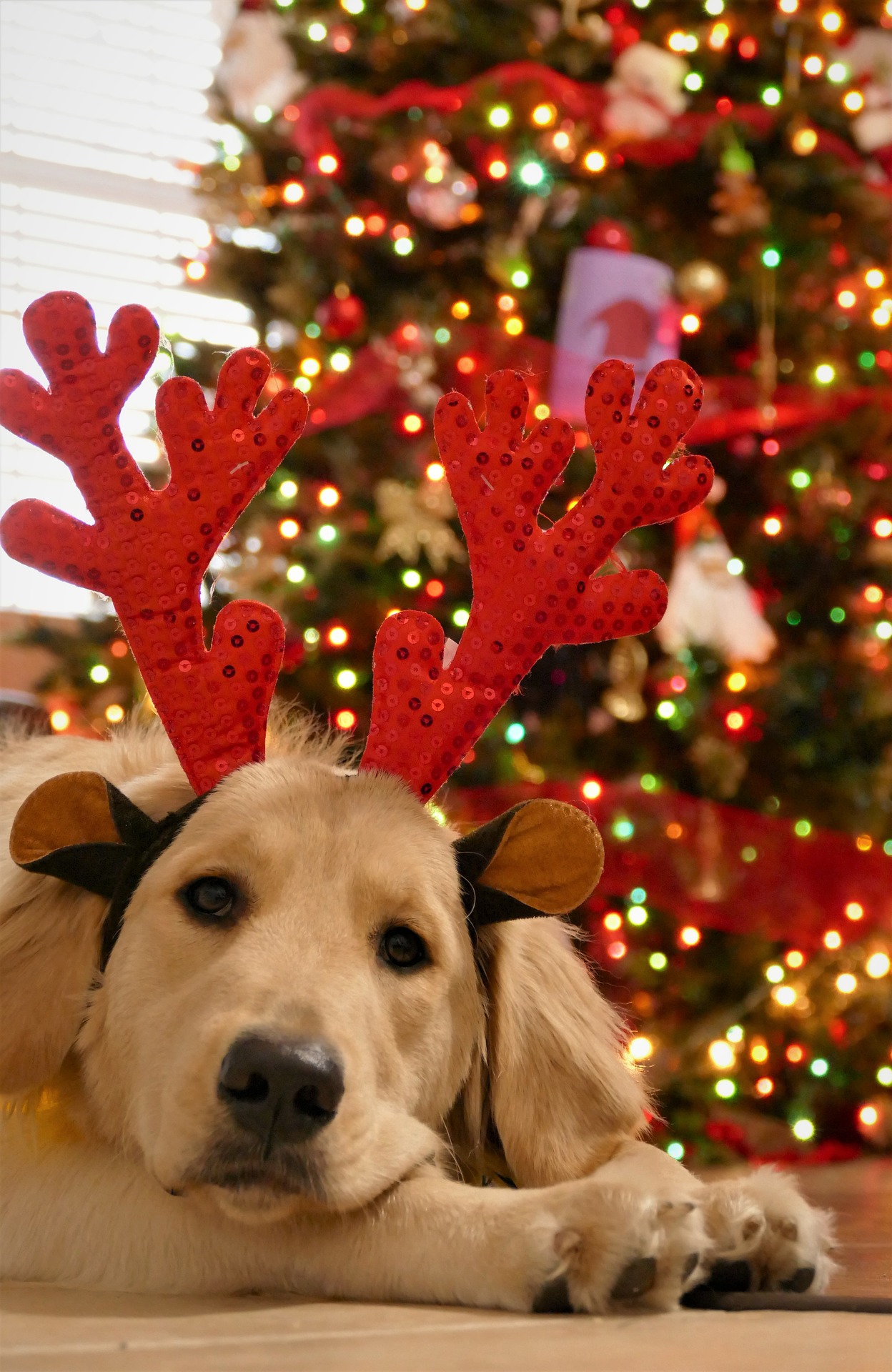
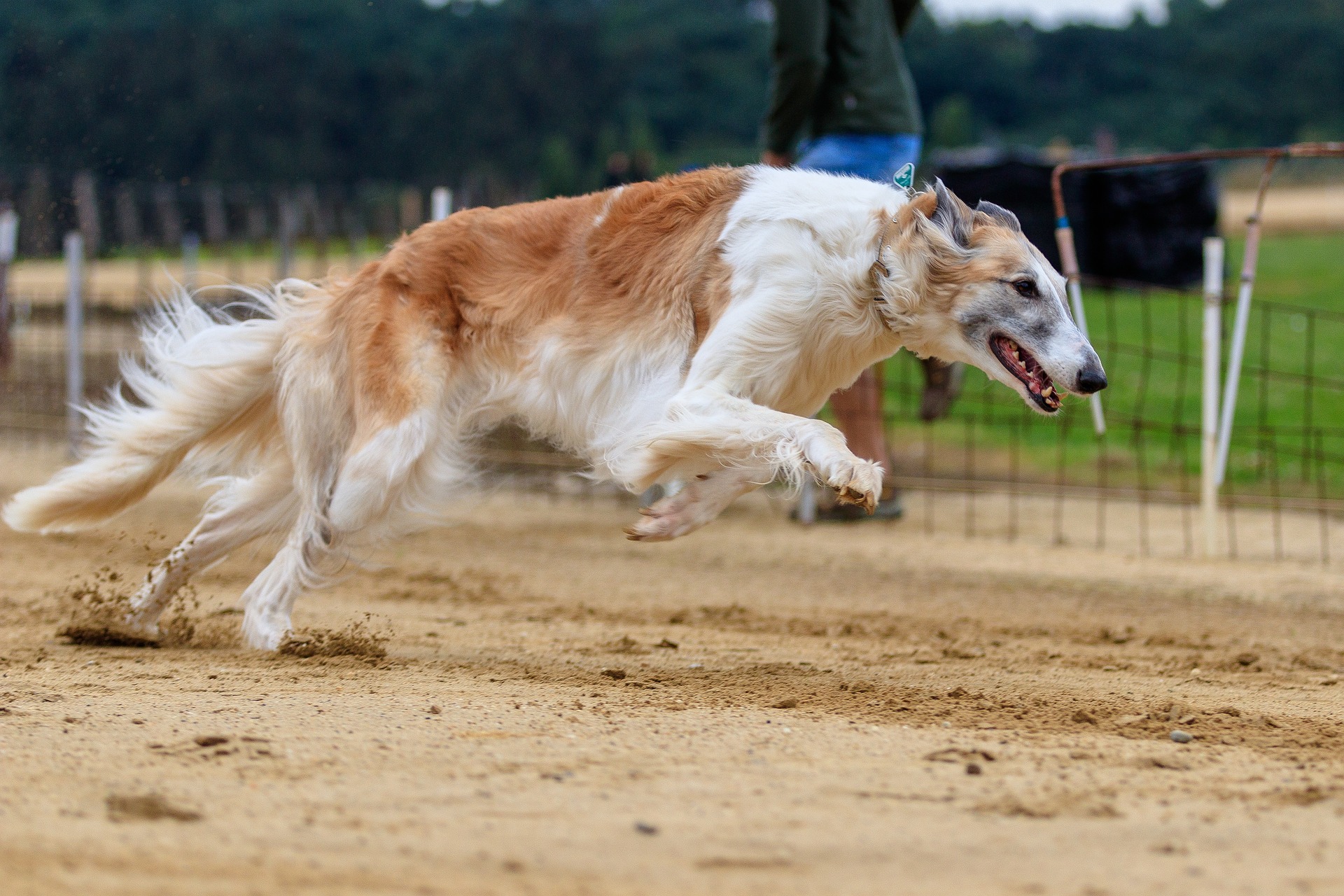
 Expert advice on healthcare, nutrition, behavior and all your pet needs!
Expert advice on healthcare, nutrition, behavior and all your pet needs! 
